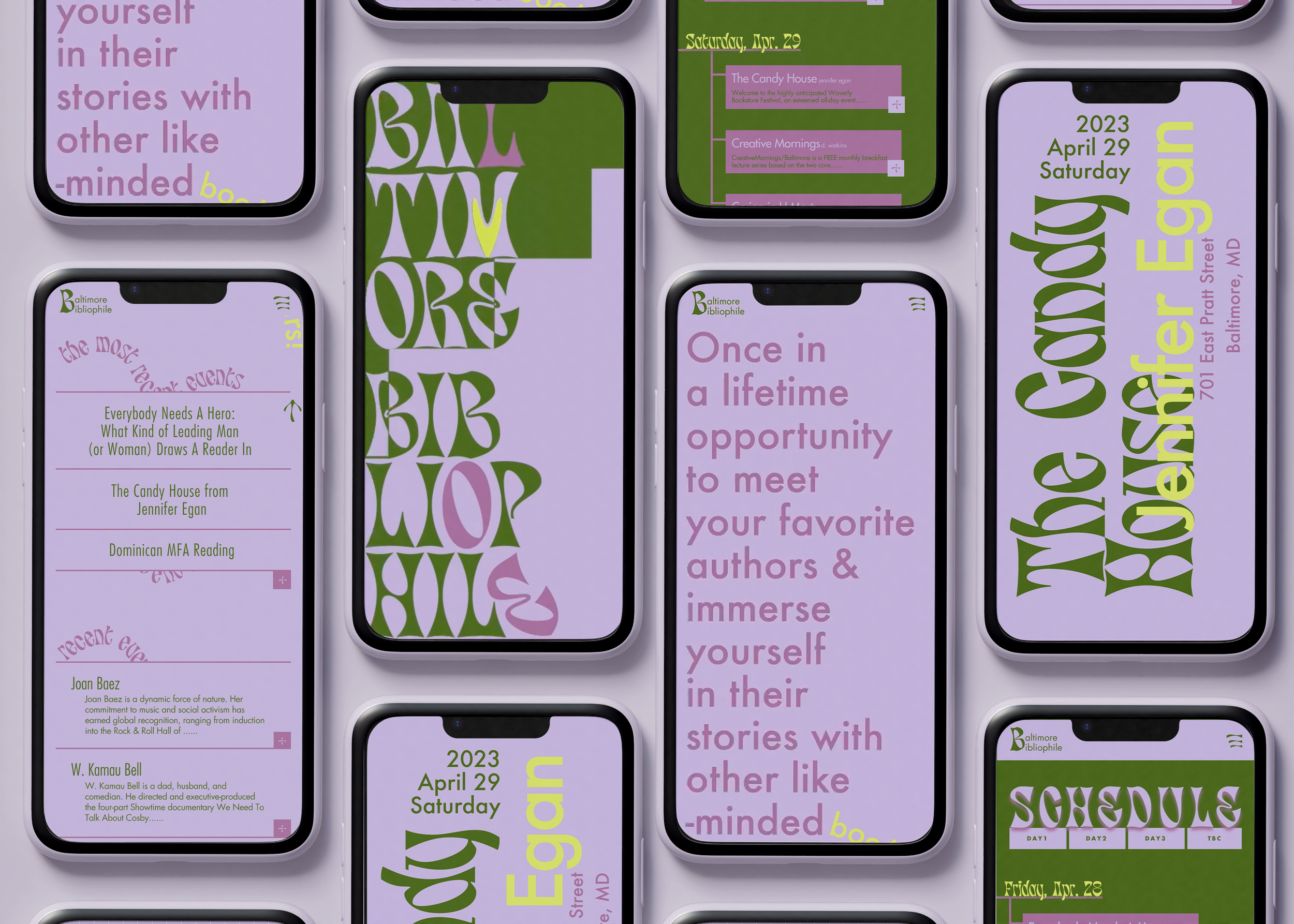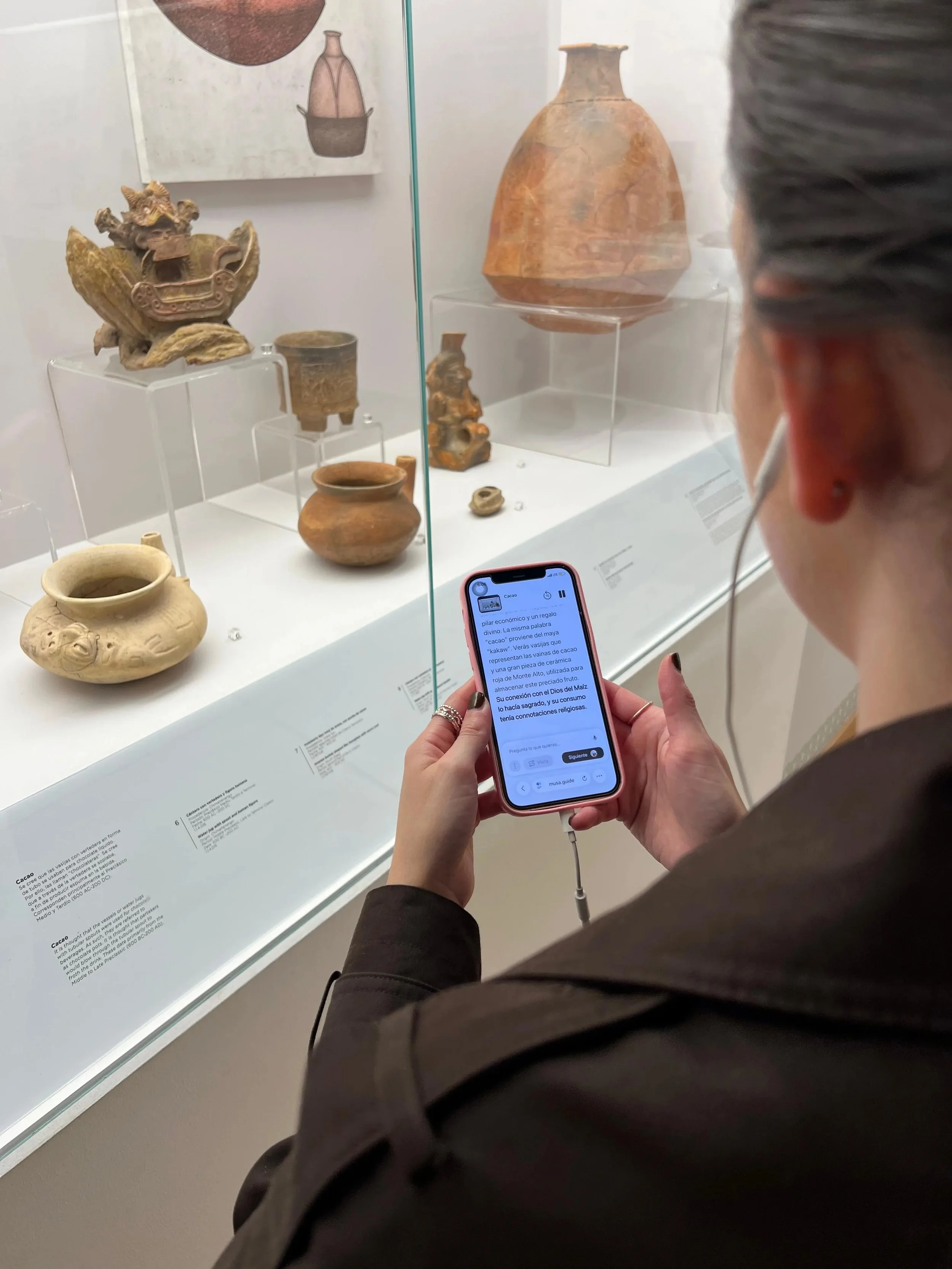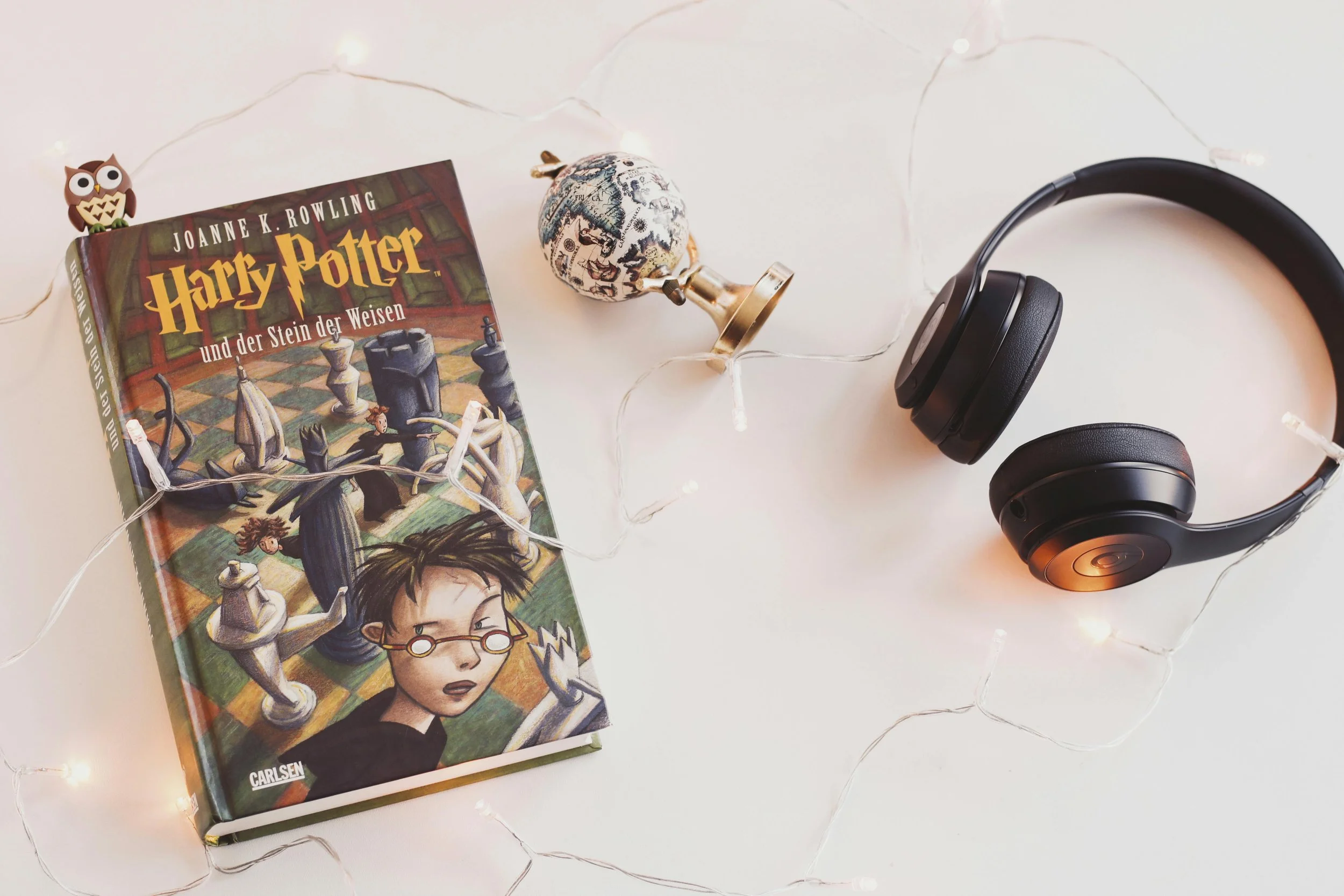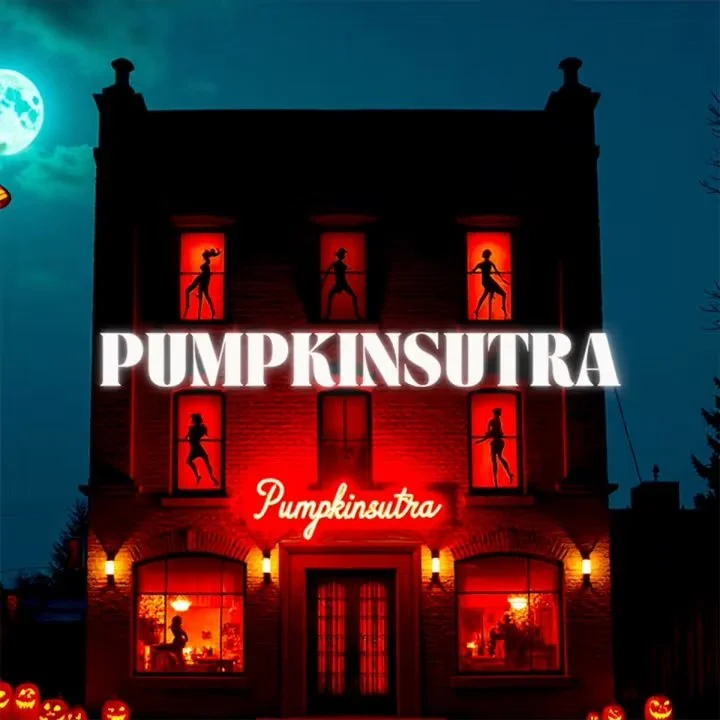A blog dedicated to digital artists
Making Our Miracles is live!
Making Our Miracles is a collaborative project by artist Clayton Campbell and curator Cansu Peker, who together conceptualized and are presenting a series of contemporary digital ex-voto art works created by a cohort of international artists using AI-assisted art in a unique participatory project.
Making Our Miracles is presented in partnership with DeepAI, and has been launched as part of the 7th edition of The Wrong Biennale, taking place from November 1st, 2025, to March 31st, 2026.


Di Lu is a visual designer working between Los Angeles and Beijing. Her practice sits at the intersection of design, culture, and storytelling, spanning typography, books, installations, and digital experiences. Moving between these two cities has shaped both her worldview and her visual language — one grounded in history, responsibility, and depth, the other fueled by experimentation, play, and creative risk. This constant negotiation between cultures shows up in work that feels poetic and emotional, yet bold and slightly off-balance.
Mizuki Tanahara is a London-based media artist who loves exploring the hidden systems that quietly shape how we move through the world — algorithms, data infrastructures, surveillance tools, all the invisible machinery behind our screens. Working across installation, moving image, data-driven sculpture, and performance, she creates research-led artworks that make these systems feel tangible, sometimes even emotional.
María Sánchez is an interdisciplinary artist based in Jupiter, Florida. Her work moves fluidly between traditional and digital painting, drawing, experimental poetry, and movement-based deconstruction. Drawing from psychoanalysis, quantum phenomena, mysticism, and technology, she blends paper, metal, and ink with digital techniques to create hybrid forms that sit between the organic and the synthetic. Her practice often reflects on the ways power structures shape perception, memory, and the unconscious, using both handcrafted and algorithm-inspired approaches to explore the blurred boundary between self and system.
Joe Karlovec is an interdisciplinary artist and writer based in Wilmington, North Carolina, whose work investigates the metaphysical charge of everyday architecture — those familiar, vernacular spaces that quietly hold layers of history, mythology, and social meaning. Over the past decade, he has built a nomadic studio practice while moving through Ohio, Florida, South Carolina, and now North Carolina, letting each place shape the way he observes, archives, and interprets the built environment. He currently works as the Facilities Coordinator for a museum, where he oversees the preservation of three historic buildings, a role that deepens his relationship with the structures that occupy his artistic imagination. His latest video work is set to debut in Korea at the Czong Institute of Contemporary Art in 2026.
David Miller is a UK-born visual artist whose work blends narrative, AI-assisted imagery, and painterly approaches to explore memory, ritual, and the quiet strangeness of childhood. A former filmmaker and scriptwriter, Miller creates cinematic scenes filled with emotional ambiguity, gentle ghosts, and half-remembered moments. His practice investigates the shifting boundary between what we recall, what we invent, and what continues to haunt us.
Natalia Titova is a digital artist specializing in literary-inspired digital collages. Since beginning her artistic practice in 2022, she has been developing a distinctive visual language shaped by her lifelong fascination with writers, their texts, and the emotional landscapes they create. Drawing on her background as a graphic designer, she embraces the freedom of pixels — a space without physical limits, where ideas can unfold, shift, and transform.
Yinxue “Lucy” Zou is a Chinese graphic designer and visual artist currently based in North Carolina, working between Raleigh, Boston, and the New York area. Originally trained in architecture, she later completed her MFA in Graphic Design at Boston University. Lucy’s practice spans experimental posters, digital collages, and artist books that explore memory, dreams, migration, and the emotional “grey zones” of living between cities, languages, and identities. Her works often combine blurred photography, layered typography, and abstract forms to create quiet, atmospheric compositions.
Joseph Farbrook is an American artist working across electronic installations, interactive video, augmented and virtual reality, video sculpture, live performance, and experimental projection. Known for inventing customized media platforms that merge physical and virtual art-making practices, he explores how cultural mythologies evolve and how mediated perception shapes the way we understand the world. His current body of work investigates consciousness itself, expressed through digitally designed and fabricated forms that are integrated with experimental screen-based and projection technologies.
Christopher Reusch studied environmental protection before completing a Master’s degree in South Africa, where he learned the value of Observation. Afterward, unsure of his path, he began hiking barefoot in 2012 and eventually drew himself out of a depression a decade later, in 2022. Those early drawings felt almost demonic — frightening, intense, and strangely instructive. His first book, The Book of Fear, made that connection unmistakable, as if the work itself was guiding him to understand fear on a deeper level.
Chaeyeon Kang explores the fragile intersection of body, memory, and digital-physical hybridity. Working across printmaking and experimental media, she investigates cycles of vulnerability and resilience through her own female bodily experiences and virtual female bodies. Through collage and layering, she pursues sensations that can’t be captured through traditional methods alone, gravitating toward materials and images that exist in liminal spaces — never fully one thing or the other.
Joe Banks is an installation artist, researcher, and electronic musician behind the long-running project Disinformation. His work centers on electricity, communication, and language — often taking the form of electromagnetic sound pieces and audio-visual illusions. His latest piece, Language [as] Meta-Technology, pushes this inquiry further by challenging narrow definitions of what “counts” as language. Rather than limiting language to human syntax or computer code, the work proposes that language is everything we use to communicate — across species, histories, and technologies.
Tips & Tools
When we’re trying to get a sense of where digital art and design are headed in 2026, we aren’t talking about one single style or aesthetic. There seems to be more of a shift blending tech, craft, humanity, and storytelling. Across studios, creative directors, and forward-looking artists, a few themes keep coming up again and again. Some are extensions of the last few years, others feel brand-new, but together they paint a very clear picture of what the next wave of digital art will look like.
In an AI-first world, asking a simple question about an artwork or artefact often means an invisible system answers on behalf of the people who actually hold the knowledge. And the cultures most in need of accurate representation are often the ones AI gets wrong. But a shift is underway. Museums, artists, and communities are reclaiming their voice by building guides grounded in their own research and perspectives. In Guatemala City, a Mayan museum is already showing what this can look like — visitors ask real questions, experts answer in real time, and cultural knowledge stays with the people it belongs to.
If you’re a digital artist feeling unexpectedly burned out on music, you’re not alone. After years of listening to everything from Taylor Swift to classical playlists during my art sessions and long drives, I hit a wall — and that’s when I discovered audiobooks. In this article, I share why audiobooks are perfect for digital artists, how they fit effortlessly into your creative workflow (think rendering, sketching, commuting, and studio routines), and how they can boost your productivity, focus, and creative inspiration. Whether you’re curious about the best audiobooks for artists, looking for a new way to stay inspired while creating, or wanting a screen-free source of storytelling, audiobooks might be the creative companion you didn’t know you needed.
Ouch is a curated catalog of vector and high‑resolution raster artwork. Think complete styles rather than one‑off pictures. You browse by style, topic, and use case, then download in SVG for editing or PNG for drop‑in use. Each style is a coherent system with consistent line weight, color logic, and proportions, so banner art, empty states, onboarding, and help pages feel like they belong to the same product.
I recently put together a presentation for a talk about digital art at my local library, introducing our community to the wonders of digital art and realized… we don’t actually have a simple, comprehensive article like this on Digital Arts Blog. So here it is — a written version of that talk, with a little more depth and hopefully enough clarity and to make the whole world of digital art feel less mysterious.
Photo Obscura draws on photography history, media studies, visual studies, art history, and the digital humanities. It argues that the transformation of post-photography is not just a trend but a significant movement that redefines photography by integrating it with emerging technologies and creative practices. The result is a new kind of work that may not even resemble photographs but still retains a photographic influence.
Whether you’re brand new to drawing on a tablet or switching over from traditional media, the internet is packed with resources to help you grow. And the best part is that many of them are completely free. In this guide, we’re sharing our favorite places to learn digital art online — from beginner-friendly tutorials to deep dives into illustration, character design, and even animation. We’ll also include a few paid options that are 100% worth it if you’re ready to invest in yourself.
Animated short films are full of life and color. They tell stories using drawings, sound, and motion. But sound is what makes everything feel real. The right voice can turn a simple story into something powerful. This blog explains how text to speech helps in animation, why it is useful, and how you can use it to make your short films sound professional.
As Halloween creeps in, we’ve gathered some incredible deals and events for you — from spooky art events and creative software to limited-time discounts on tools we actually love using. Here are the best Halloween treats to help you create, learn, and save. Explore our Spooky Season Roundup for this year’s top events, specials, and discounts for digital artists and creators.
Clawlab recently sent me their Tufting Kit, and honestly, it’s the analog hobby I didn’t know I needed. Moreover, you can turn your digital illustrations into fuzzy, colorful objects — rugs, wall art, little tactile versions of your designs you can literally run your fingers through.
SLAPSHOT, the AI-powered VFX toolkit from Hotspring, has officially launched its most powerful innovation to date: a professional-grade AI Camera Tracking tool designed to deliver precise camera solves and dimensionally accurate point clouds in a fraction of the time it takes with traditional methods.
Whether you're applying for freelance gigs, looking to land an art residency, or just want a clean, professional way to showcase your work, having a digital art portfolio is essential. It’s your visual resume, your pitch deck, your highlight reel. But how do you actually build one that feels you and also gets the attention of clients, curators, or collectors? This guide includes honest tips for making a digital art portfolio that stands out.
Exhibitions & Events
Titanic: Echoes from the Past is an immersive virtual reality experience by Eclipso that invites visitors to explore the Titanic like never before. Blending historical research, cinematic storytelling, and cutting-edge VR technology, the experience takes you 3,800 meters below the Atlantic to the shipwreck before transporting you back to the Titanic’s maiden voyage in 1912. Through an engaging narrative, interactive environments, and meticulously reconstructed details, Titanic: Echoes from the Past offers a powerful and educational way to rediscover one of history’s most iconic tragedies.
There’s something about Unarthodox events that gently remove you from real life. You walk in expecting a fun art activity, and you walk out realizing you completely forgot where you were, what time it was, and everything waiting for you outside the studio. Brunch with Monet does exactly that, in the most delightful way.
Vesna is a generative AI film by creative duo Kate Ryan Brewer and Cody Gallo, set in the year 2056 after a global nuclear conflict. The story unfolds in a fractured Norway, where Oslo has been destroyed and cities like Bergen continue to function amid constant instability and shifting control.
On December 4, 2025, MoMA PS1 hosted Archival Thinking: Artist Archive Symposium, a full-day gathering that brought together leading thinkers from the worlds of art, archives, and the humanities. Jointly organized by the Asian Cultural Council (ACC) and the Cai Foundation, with support from the Rattray Kimura Foundation, the symposium offered an illuminating look at the evolving role of artist archives in contemporary practice. Cultural curator and moderator Paul Holdengräber guided the day’s conversations with his signature depth.
Archival Thinking: Artist Archive Symposium will be held on December 4, 2025, at MoMA PS1 in New York. Jointly organized by the Asian Cultural Council (ACC) and the Cai Foundation, with the support from the Rattray Kimura Foundation, the symposium will be curated and moderated by Paul Holdengräber. The event will take the form of a full-day forum bringing together distinguished speakers from the fields of art, archives, and the humanities to explore the contemporary significance and potential of artist archives, followed by a reception.
Prague’s Neo-Renaissance Market Hall, once the city’s hub of trade and industrial elegance, has reopened as Signal Space, the city’s first permanent immersive art gallery. More than a gallery, it signals Prague’s shift toward forward-looking experimentation, embracing contemporary creativity alongside its rich history.
On November 19, the Asian Cultural Council (ACC) presented ACC Voices: Art, Technology, and Us — a compelling dialogue exploring the dynamic intersection of art, technology, humanity, and cross-cultural exchange. ACC Executive Director Judy Kim introduced two visionary practitioners leading this conversation: Carrie Sijia Wang, a socially engaged artist whose practice investigates human-machine relationships through software, video, and participatory experiences; and Billy Clark, Artistic Director of CultureHub, who brings over 25 years of experience developing innovative programs at the nexus of performance and technology.
DigiAna Matsuri can only be described as a communistic ceremonial gathering of the arts. Everyone involved worked hard to make this communal event, celebrating talented New York artists, a success. Every artist embodied who they were through their work, and I am honored to have had the opportunity to experience so much artistic ingenuity.
Have you ever wondered what it would feel like to step into a virtual simulation? Well, students and collaborators at the Digital Storytelling Lab invited participants to enter a world of glitches, doppelgängers, and shifting realities. On November 10th, I had the opportunity to attend "Post-Reality: A Prototype from the Edge of the Internet," a live experiment hosted at the Elinor Bunim Munroe Film Center.
On November 1st, Kinfolk Tech spotlighted Jazsalyn, an artist, researcher, and technologist trekking the world of Alternative AI while developing Ancestral Intelligence. Ancestral Intelligence: Alternative AI by Jazsalyn took attendees on a comprehensive journey. During this workshop, I was introduced and guided towards a deeper understanding of Ancestral Intelligence and Alternative AI.
On November 1st, I had the pleasure of attending the MAXmachina weekend event at MITU580 located in Brooklyn, New York. This special one-day event presented a trio of immersive and engaging works representing a cohesive blend of dance, comedy, and technology. The laboratory sets a stage for artists to connect directly with the audience, providing an entrance into the virtual world of impactful storytelling. The first showings of the evening were presented as a double feature, with performances Vibrating Waiting for You to Touch followed by Have a Great Night! These two sets highlighted human connection through comedy and recognizing the faults in one’s character in a day and age of social media and smartphone addiction.
The world premiere of Syntax of Undoing by Raymond Pinto, Matthew Jamal, and Team Rolfes was presented at the MAXMachina weekend event at MITU580, located in Brooklyn, New York. This one-night-only performance took place on November 1st, with the host acknowledging the audience’s efforts to make it to this special night following Halloween. Director and performer Raymond Pinto takes the stage in collaboration with musician Matthew Jamal and visual directors Team Rolfes in a reimagining of William Shakespeare’s The Tempest.
Artist Spotlights
Discover the remarkable talents of digital artists from all backgrounds and practices, and learn more about their stories and inspirations
Exhibitions & Events
Stay in the loop with insightful reviews and commentary on the latest events and exhibitions in the digital arts world
Tips & Tools
Learn about the fundamentals of different forms of digital art and find essential tools and valuable guidance to build a thriving career as a digital artist






































almyre (Benoit Baudry) is a Professor of Computer Science and a generative artist based in Stockholm. In 2019, he founded the re|thread collective, a platform for exploring the intersection of software and art through generative projects, plotter art, the restoration of digital artworks, and collaborative NFT initiatives such as folkfigur.